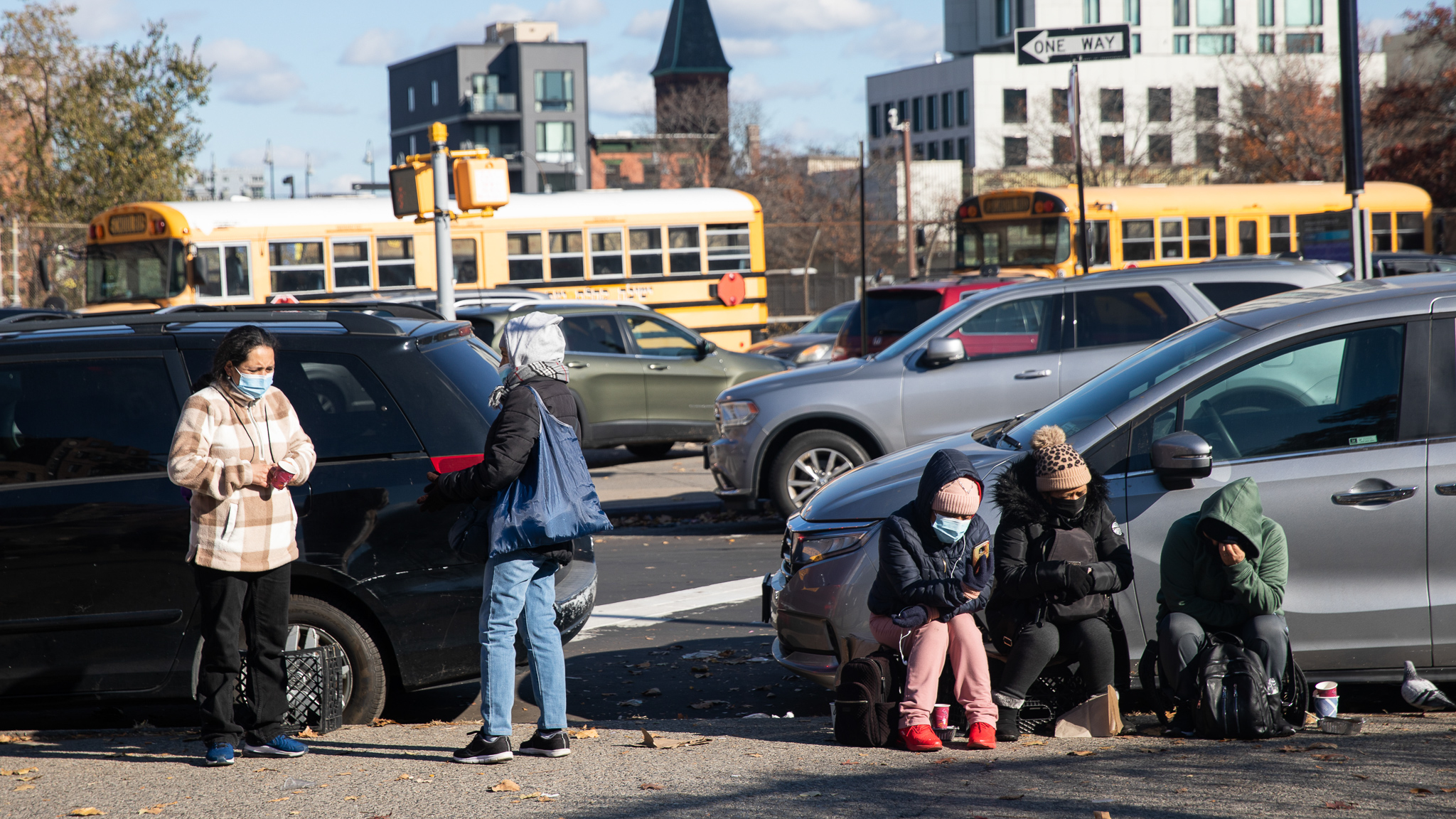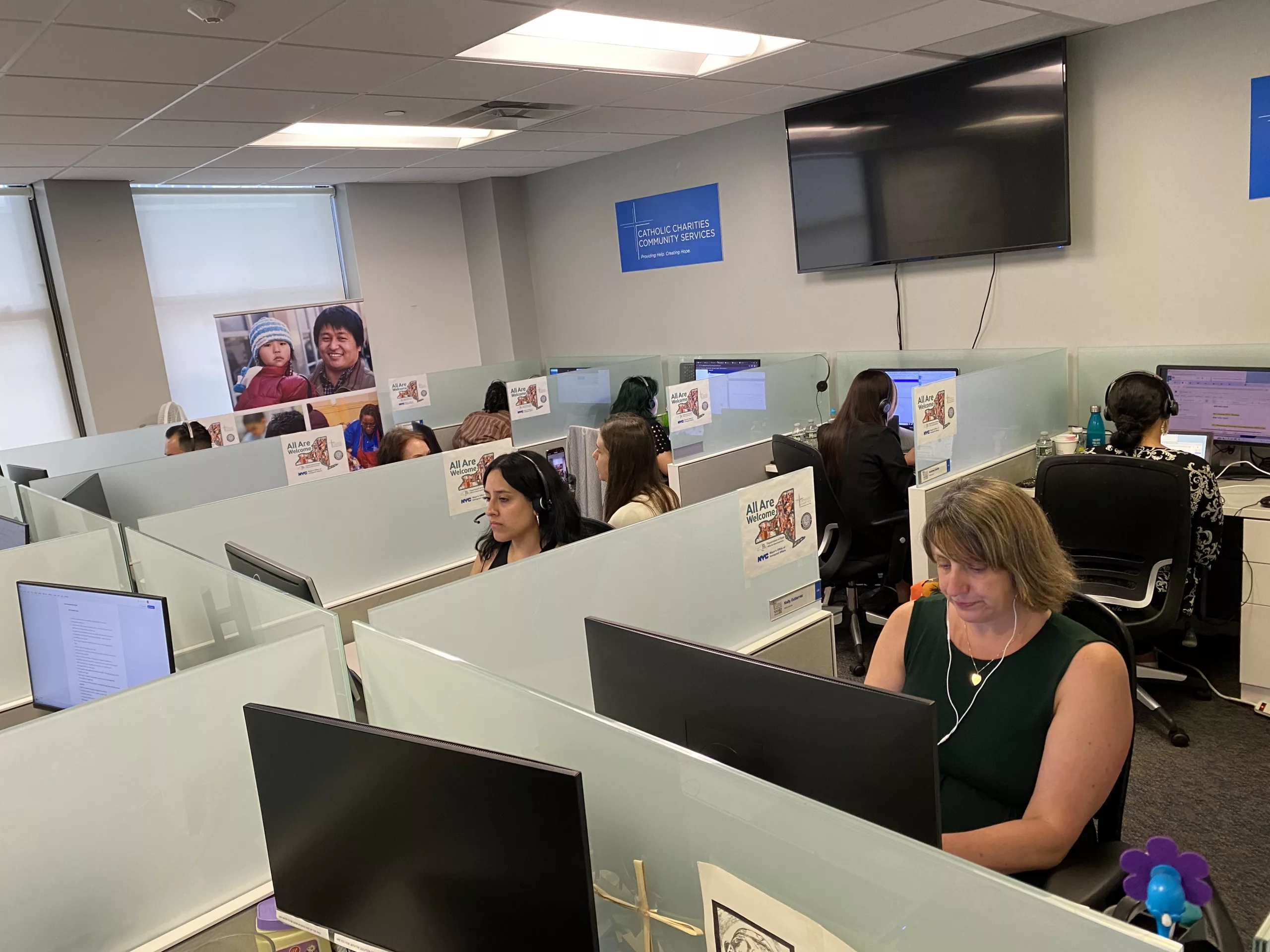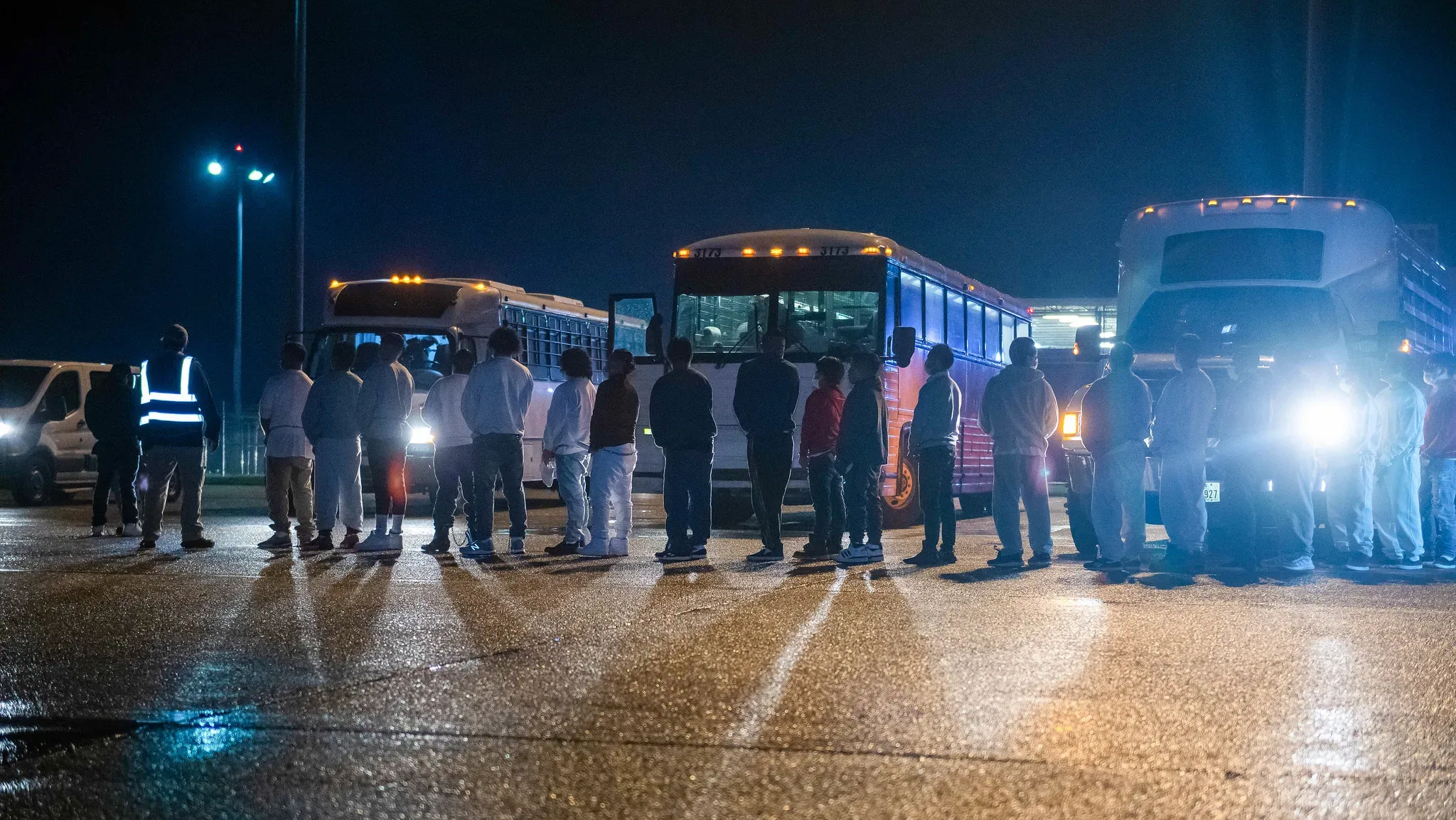One week after crossing the US-Mexico border, Lisbeth, 20, stood on a street corner in Williamsburg, with dozens of other women hoping someone would hire day laborers for a few hours of work cleaning homes, synagogues, or community centers.
She needed work right away. Lisbeth’s family in Ecuador had taken out $16,000 in loans from a local lender to pay a smuggler to get her across the border. She’d risked the dangerous journey through Mexico and across the border, spending a day without water in the desert. She’d finally made it to her cousin living in New York City where it will take Lisbeth years working at the city’s minimum wage of $15 to pay off her loans.
So far, she says, it’s all been worth it.
“At least here I can hold my phone in my hand,” she said, waving a smartphone whose number she had yet to memorize. “In Ecuador, they’d steal it on the street.”
Over the past six months, the number of Ecuadorian migrants crossing the US-Mexico border has increased exponentially, according to border patrol statistics, with many coming to New York City, where they are turning to day laboring for work, often putting themselves — and other longtime day laborers — at an elevated risk for exploitation.
Also Read: For Day Laborers in Williamsburg, No Choice but to Continue Working
Ecuadorians now account for the fourth-largest nationality encountered by border patrol agents. According to the Ecuadorian government, more than 88,000 Ecuadorians left for Mexico in the first half of 2021, of whom 55,400 have not returned. In comparison, 50,322 Ecuadorians left for Mexico in the first half of 2019, before the migration trend began in earnest, of whom 7,800 likely remained in Mexico or migrated to a third country, like the United States.
“It’s an exodus of Ecuadorians that I haven’t seen in the history of this migrant community,” said Walther Sinche, executive director of Alianza Ecuatoriana Internacional, a nonprofit that has served Ecuadorians in the City since 2008.
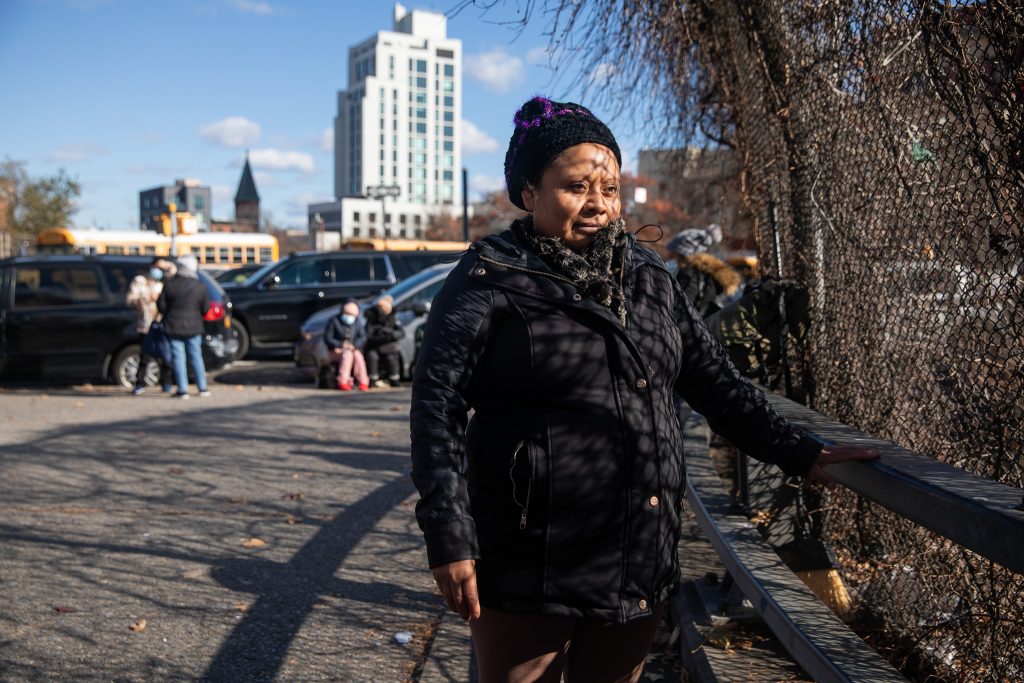
Sinche attributes the increase to political corruption and economic insecurity. Yet, this migration trend has been brewing since 2018, when Mexico began permitting Ecuadorians to enter the country without a visa for the first time. When pandemic-related travel restrictions subsided in 2021, the demand — and underground market — for passage through Mexico to the U.S. swelled. In response, Mexico announced last month that Ecuadorians would once again require a visa.
The journey itself is dangerous and expensive, with most coyotes charging migrants $15,000 to $20,000. The average monthly salary in Ecuador was only $320 in April 2021, according to the country’s National Census and Statistics Institute, forcing many to take out hefty loans to fund their passage which they often pay off through working in New York.
Also Read: Why People from El Salvador Still Feel Forced to Migrate to the US
After crossing the border, many head straight to NYC, whose metropolitan area is home to the largest concentration of Ecuadorians in the country. According to Pew Research Center, 58% of Ecuadorians in the U.S. — or nearly 400,000 people — live in New York or New Jersey.
Once there, new arrivals like Lisbeth waste no time finding work that will allow them to pay off their loans and support their families. Day laborer spots or paradas, located on street corners around the City, are often a first stop for migrant workers seeking informal employment in industries that rely upon a temporary labor force.
For women day laborers, la parada in Williamsburg is one of few options for finding work, usually with members of the nearby Satmar Hasidic community, which relies on the women to clean homes and community spaces. According to organizers and longtime day laborers, the number of workers there has doubled over the past few months, driven largely by an increase in new workers from Ecuador.
Mary, 42, used to own a butcher shop in Ecuador, but amidst sluggish economic growth, she found herself struggling to pay rent. In 2019, she left for the U.S., leaving behind a teenage son. Since then, she’s been picking up work on la parada to make ends meet.
“I’d prefer to work somewhere else, but everyone asks for your papers,” said Mary, referring to the limited opportunities available for undocumented workers.
“I want them to treat us like equals,” said Mary, of her direct employers and others who benefit from the work of undocumented day laborers. “Both at work and in society at large.”
At la parada in Williamsburg, employers don’t ask about immigration status. And, in return, the women looking for work don’t ask about working conditions. Any negotiation is quick — if there’s one at all — and most workers clean for several hours and are paid in cash.
For many workers, the negotiation process can be inaccessible, and poor conditions are pervasive at the site. According to Maria Valdéz, organizing director at the Workers Justice Project. Employers take advantage of new workers, who may not know that even informal employment is subject to NYC labor laws and offering subminimum wages or refusing to allow meal breaks is illegal.
“They see those new faces and they’re the first ones they approach,” said Valdéz
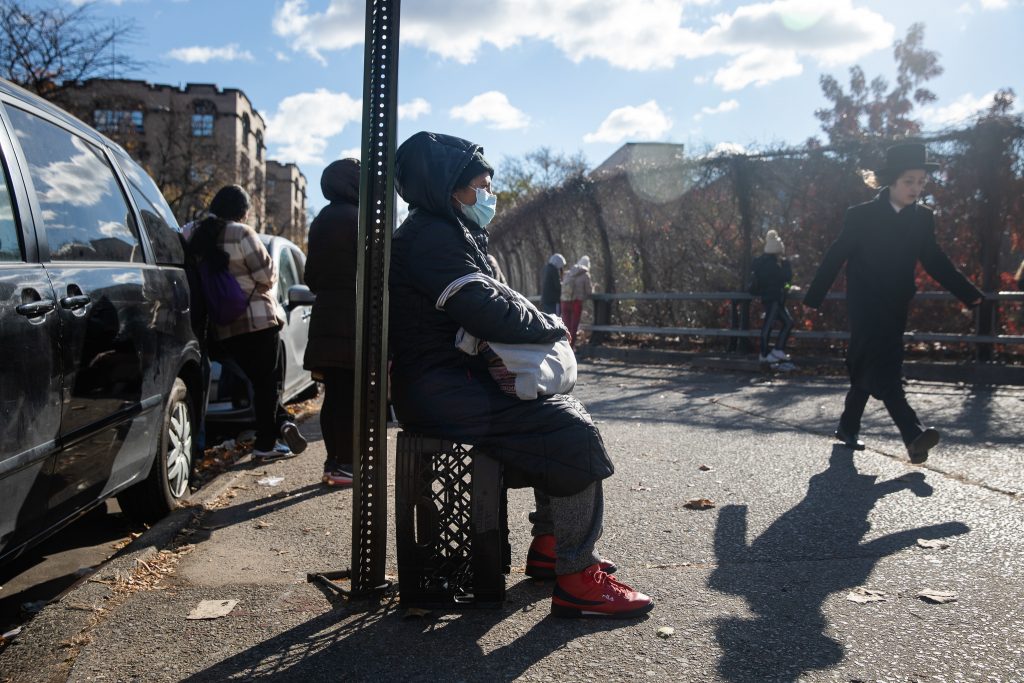
WJP organizers visit the site three times per week to hand out pamphlets with information written in English, Spanish, and Yiddish about fair negotiations. Yet, some new workers have been reticent to speak with organizers, because they fear they might be affiliated with the government.
Also Read: Workers in the Cash Economy Struggle to Access the Excluded Workers Fund
That makes it hard for the group to negotiate on behalf of workers or report wrongdoing to the Department of Labor. A 2016 report found that more than 40% of workers at la parada had experienced wage theft, in which employers don’t pay workers’ earned income.
Six years ago, Alberta, 53, who is from Mexico, was working for a client in Williamsburg. When she finished cleaning, the woman refused to pay her. Instead of backing down, Alberta threatened to call the police, and the woman eventually conceded. She worries for new workers joining her on la parada, who might be less likely to object when employers’ refuse to pay.
“They take advantage of the ones who don’t know any better,” she said.
The results can be disastrous, including for other workers who then have less leverage in their negotiations, according to Patricia, 50, a longtime worker from Mexico. She says that many employers now prefer the new workers, who are likely to negotiate.
“They do what they like,” she said of employers. “If you don’t want to do it, there are other women who will take our place.
